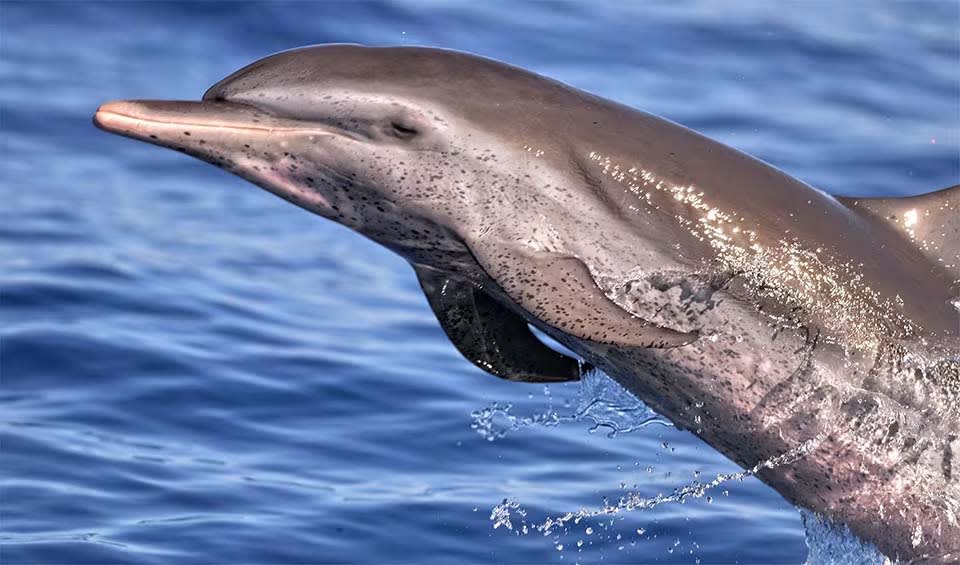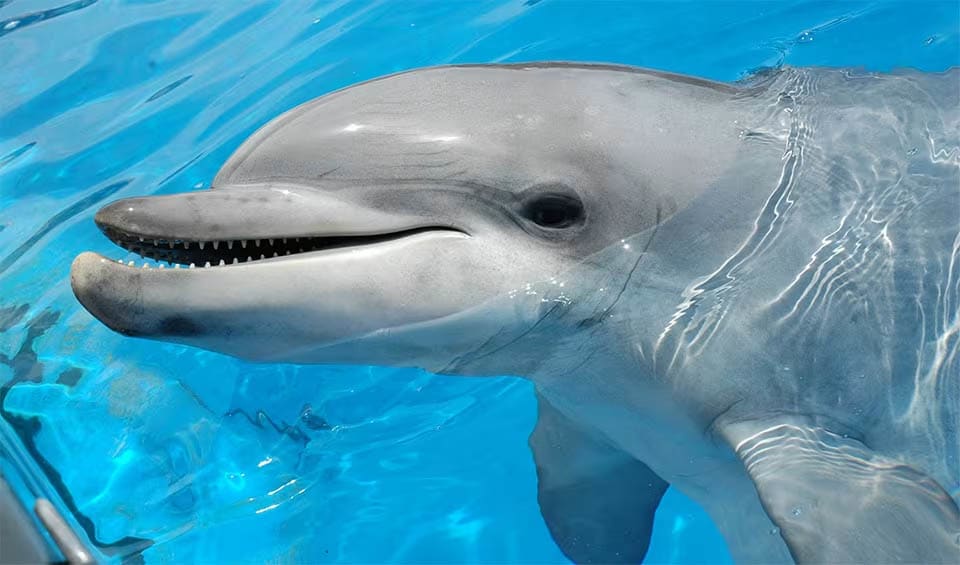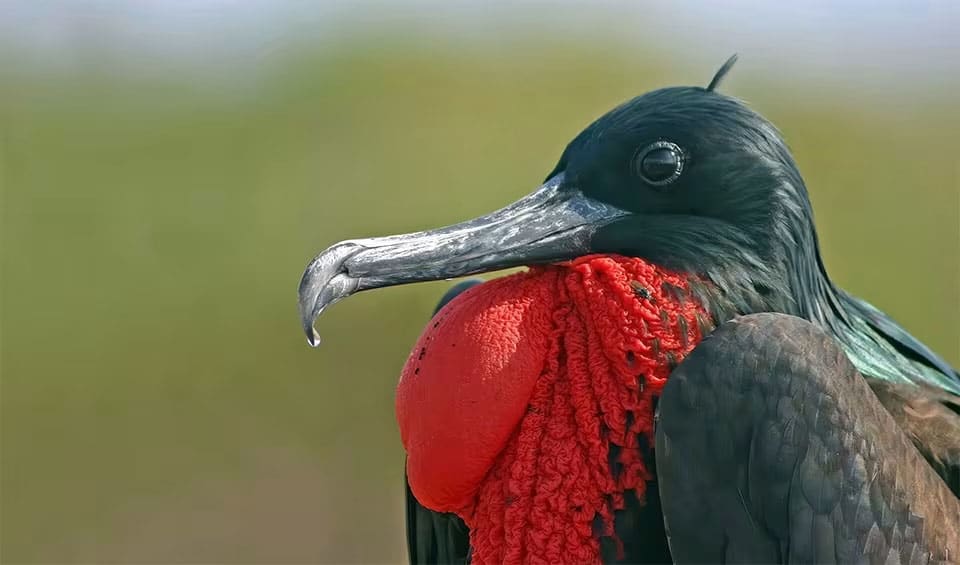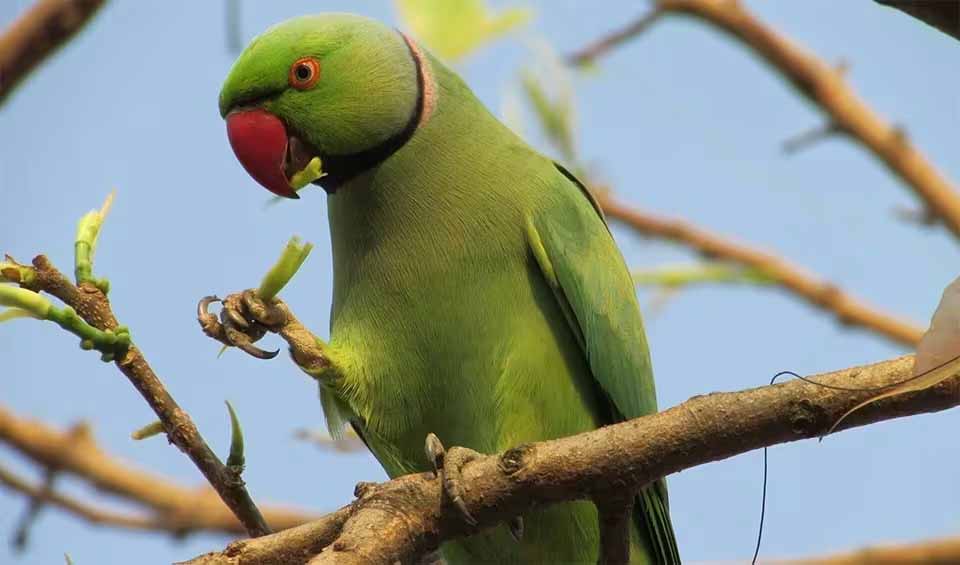Mauritius, an island nation in the Indian Ocean, is renowned for its spectacular biodiversity, representing a significant proportion of the world’s species within just a tiny fraction of the global land area. This small island, alongside its neighboring territories of Rodrigues, St. Brandon, and Agaléga, supports an incredibly diverse range of ecosystems, from lush tropical forests to coastal mangroves and coral reefs. It is part of the Madagascar and Indian Ocean Islands Biodiversity Hotspot, one of the 36 globally recognized areas noted for their unique flora and fauna. The island’s isolation from the mainland has allowed the evolution of a distinct biodiversity not found anywhere else on Earth.
The richness of Mauritius’s biodiversity includes a number of endemic species, such as the famous, though now extinct, dodo bird. Today, the island is home to unique but critically endangered species like the Mauritian kestrel, the pink pigeon, and the echo parakeet. Mauritius’s coral reefs are vibrant ecosystems teeming with marine life, providing critical habitat for a multitude of fish, crustaceans, and mollusks while also offering natural protection against oceanic waves.
Four pillars elaborated:
Mauritius boasts a wide range of protected areas such as national parks, marine parks, nature reserves, and other conservation zones. The primary objective of these protected areas is to safeguard the island’s exceptional biodiversity and natural heritage. Some of the noteworthy protected areas in Mauritius are the Black River Gorges National Park, Balaclava Marine Park, Blue Bay/Le Chaland Marine Park, and the Perrier Nature Reserve. These areas are managed for conservation, education, and limited recreational use. Land Management
Land Management
Mauritius is committed to expanding its protected area network, addressing gaps in representation, and improving conservation efforts for its diverse ecosystems and species. The country’s protected area system encompasses national parks, marine parks, fishery reserves, and nature reserves, covering both terrestrial and marine environments.
The primary threats to biodiversity are categorized into two main areas: potential biodiversity loss and habitat degradation or loss. The leading causes of these threats include land clearing for development, particularly on privately-owned lands, the introduction and spread of invasive alien species, modifications of habitats for deer ranching, pollution from terrestrial sources and activities, predominantly from nonpoint sources, and the harmful effects of climate change. As understanding of its impacts grows, climate change is becoming a more prominent concern. Threats to Biodiversity
Threats to Biodiversity
Over the past decades, Mauritius has integrated biodiversity conservation, management, and sustainable use into various development strategies across sectors like agriculture, tourism, and fisheries. These efforts are reflected in a series of strategic plans and policies such as the National Environmental Strategies, Climate Change Action Plan, and the National Forest Policy, among others. Additionally, Mauritius has developed specific legislation and regulatory frameworks to protect biodiversity, including the Plant Protection Act and the Fisheries and Marine Resources Regulations. The country has also engaged in international partnerships and received funding from organizations like the Global Environment Facility (GEF) and the European Union, enhancing its capabilities in biodiversity preservation through financial and technical support. Capacity and Governance
Capacity and Governance
Mauritius is committed to significantly reducing the rate of biodiversity loss by 2025, enhancing ecosystem resilience to climate change, and beginning to develop an ecosystem-based economy that invests in restoring biodiversity values. Future Trends
Future Trends
Biodiversity
Mauritius is renowned for its diverse and largely endemic wildlife, including the historically iconic but now extinct Dodo bird, and living species like the Pink Pigeon. The island’s fauna features a range of birds, reptiles, and a few mammal species, notably the Mauritius Kestrel and the Mauritian flying fox. Due to its volcanic origin, age, and isolation, Mauritius hosts unique biodiversity. Notably, it is home to just a couple of mammal species including the Mauritius Flying Fox and Rodrigues Flying Fox.The avian population is particularly varied, with over 100 bird species present including Albatrosses, Petrels, Tropicbirds, Herons, Flamingos, Eagles, Kestrels, Falcons, Pheasants, Pratincoles, and Terns. Among these, endemic and endangered species such as the Mauritius Kestrel, Parakeet, Cuckoo-shrike, Bulbul, White-Eye, Fody, and the Rodrigues Brush Warbler stand out. The reptilian life is also rich, with the Aldabra Giant Tortoise being the world’s only remaining wild giant tortoise species found in local reserves. Sadly, the native Domed and Saddle-backed Giant Tortoises.
In the table below are the number of known species in several main groups, how many of these species are Threatened with extinction, and how many of them are Endemic (unique to Mauritius only):
| Species (World rank) |
Threatened | % Threatened | Endemic | % Endemic | |
|---|---|---|---|---|---|
| Mammals | 28 (#189) | 7 | 25.0% | 2 | 7.1% |
| Birds | 76 (#201) | 12 | 15.8% | 14 | 18.4% |
| Reptiles | 30 (#143) | 10 | 33.3% | 21 | 70.0% |
| Amphibians | 2 (#183) | ||||
| Fishes | 1,108 (#37) | 57 | 5.1% | 5 | 0.5% |
| Plants | 1,949 (#150) | 91 | 4.7% | 273 | 14.0% |
mammals
Pantropical spotted dolphin
A champion swimmer and a social butterfly of the warm seas
Common bottlenose dolphin
Known for their acrobatic leaps, twisting and turning gracefully as they jump completely out of the water
birds
Madagascar fish eagle
A ‘Critically Endangered’ expert fish hunter of Madagascar
Great frigatebird
These birds spend weeks in the air and hunt, preen and even sleep while in flight
Rose-ringed parakeet
If you ever forget the tune of a song, don’t worry; this bird has your back
reptiles
Aldabra giant tortoise
These gentle giants are making a big comeback and now there are lots of them to see and meet!
Yellow-bellied sea snake
The most widespread species of snakes on earth are found throughout the Indian and Pacific Oceans and from Africa to Central America
Panther chameleon
Famous for their incredible ability to change colors and bulging eyes that can move in different directions at the same time












